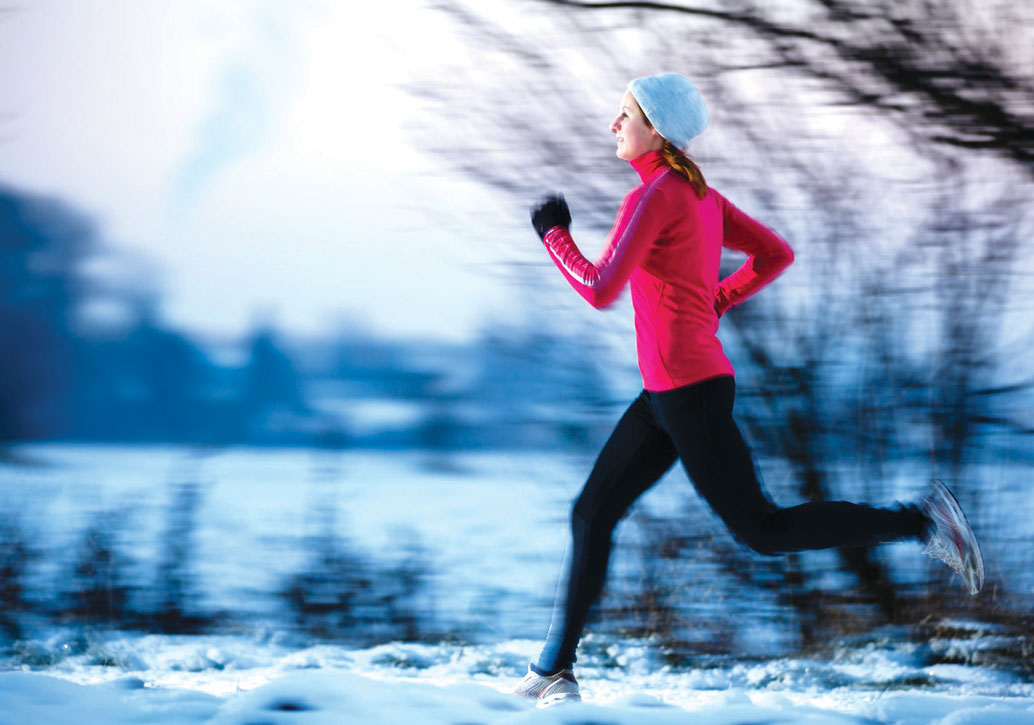Ladies… Those strappy, sexy, über-chic heels might just be a thing of the past if lasting comfort and preventing life-changing slips, twists and falls are on your mind. But fear not—with more emphasis on healthy footcare and a growing selection of attractive, stylish options that are safe and foot-friendly, a gal can still have fun shopping for shoes.
Flips might lead to flops because loose-fitting or “easy-access” footwear such as slippers, sandals, flip-flops, clogs and ballet-style flats top the list of potential hazards. Shoes that are too large or have a sloppy fit are not only trip-friendly, but often unsupportive. An unsupported foot can turn inward or outward, causing permanent damage to either the instep or the sole. On the other hand, tight-fitting footwear that is either too narrow or too short can cause hammertoe or other painful bone deformities.
Watch out for winter
As the seasons change, weather-appropriate boots or shoes are necessary for people of all ages. Waterproof or water-resistant outer footwear with a heavy, slip-free tread is best for navigating snowy or wet sidewalks and icy stairs, and for getting in and out of buses and cars. Today’s stylish, flat, Hunter-style rain boots with heavy treads are good for rainy days, while lots of warm winter boots offer short, medium and tall options.
Remember to keep your feet warm and dry, and consider the care and convenience of your boots. Think easy-wipe, simple to store and convenient to pull on and off as independently as possible.
Why shop ’til you drop?
Indoor, outdoor, casual or formal… Regardless of the type of footwear you’re looking to buy, save yourself time and effort by doing a bit of research before you leave home. Consider this expert advice.
• Choose a specialty shoe store with an excellent reputation and associates trained in the proper fitting and sizing of footwear.
• Know what you want to spend before you head out. Let the sales associate at the store know your price limit before he or she starts making recommendations.
• Shop in the afternoon or later in the day when your feet may have a bit of swelling or a natural postural increase in size. (The feet are usually less swollen after being elevated all night).
• Try the shoes on wearing your usual socks or stockings, or borrow a disposable pair from the store clerk. If you’re shopping for a winter boot, wear your winter socks.
• Try before you buy. Be sure to put both shoes on at once and don’t be shy about asking for help to stand up and walk around for a few minutes. See if you can wander around outside on a hard sidewalk surface, as well as in the store.
For your feet only
Specialty shoes with inserts, called orthotics, or orthotics on their own, may be recommended if you have sinking arches, sensitive soles, hammertoes, bunions or a variety of other concerns that make it painful or challenging to stand or walk. Ideally, orthotics will be prescribed by an orthotist or a doctor of podiatric medicine who specializes in footcare and gait-related conditions. A custom mold of the foot is made and special material is used to create an insert that can be slid into your shoe to provide a little or a lot more support. A word to the wise: Remember to take your orthotics when shopping for new shoes to ensure the best fit.
Just do it!
Today’s running shoes come in a wide range of colours and designs at affordable prices. Known for their durability and variety of weights, soles and toe/heel box configurations, runners are the number-one shoe recommendation of plenty of health professionals.
Running shoes offer support and usually boast substantial insoles. Most are washer/dryer-proof and come with lace-up or Velcro closures for easy on/off activity and durability for day-after-day use. If you chose the lace-up option, be nice to not-so-nimble fingers and try easier to tie, flat laces. Be sure to lace your shoes snugly, but not so tightly that extended wearing time cuts off your circulation.
Neat feet
Being good to your feet also includes proper footcare. Foot hygiene and basic maintenance (e.g., toenail clipping and moisturizing) shouldn’t be overlooked. More serious concerns such as toenail fungus require immediate treatment, as do a variety of other conditions such as athlete’s foot, corns, bunions and warts. People with diabetes must take particular care of their feet—ask a healthcare worker for advice on regular checks.
Experts recommend regular footbaths (even for those who are bedridden), clean socks every day and a thin coat of lotion or petroleum jelly on the tops and bottoms of your feet.
Divine decadence
And when the day is done, what nicer treat than a foot massage or reflexology treatment. Relaxing, refreshing and downright delightful, even a 15-minute session is bound to make you smile. If you don’t want to go to a spa, ask your caregiver or a family member if they will give your aching feet a treat. You’ll be back up and running in no time.
Deb Jenkins, RN, BScN, MN. Advanced Practice Nurse, longstanding LTC Nurse (Former Best Practice Coordinator for LTC at the Ontario Ministry of Health and Long-Term Care).














